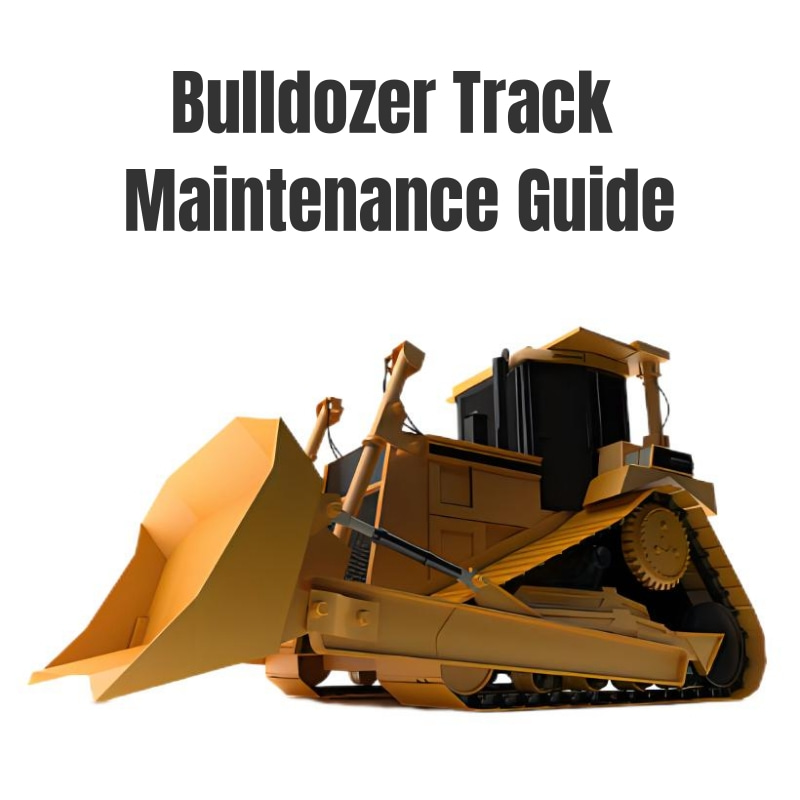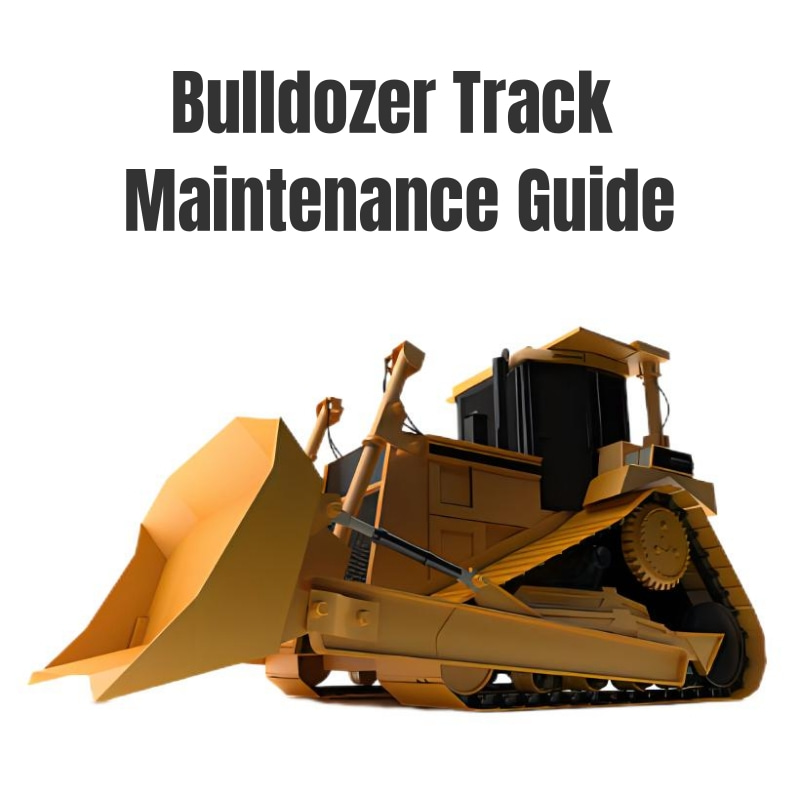Optimizing the Production and Treatment Processes for Bulldozer Track Rollers
Feb 08, 2025
1. Pre-Heat Treatment: Normalizing/Annealing
Process Objective: To eliminate internal stresses after forging or casting, refine grain structure, and create a uniform microstructure, providing a solid foundation for subsequent processing and final heat treatment.
Results:
Normalizing: Achieves a pearlitic + ferritic structure with moderate hardness (approximately 160-220 HB), improving cutting performance.
Annealing: Results in a softer structure (hardness of 150-180 HB), but has a longer production cycle, often used to reduce machining stresses in complex-shaped components.
2. Surface Hardening Treatment
(1) Induction Hardening (High Frequency/Mid Frequency)
Process Characteristics: Utilizes electromagnetic induction to rapidly heat the surface (2-5 mm depth), followed by water cooling or polymer quenching.
Result Differences:
Surface Hardness: Can reach 55-62 HRC, significantly enhancing wear resistance.
Core Performance: Maintains original toughness (30-40 HRC after tempering), with excellent impact resistance.
Deformation Control: Localized heating reduces overall deformation, suitable for mass production.
(2) Carburizing Quenching
Process Characteristics: Heats in a carbon-rich atmosphere (900-930℃), allowing carbon atoms to penetrate the surface (0.8-1.5 mm), followed by quenching and low-temperature tempering.
Result Differences:
Hardening Layer Gradient: High-carbon martensite on the surface (58-63 HRC), low-carbon martensite or bainite in the core (35-45 HRC).
Fatigue Resistance: Surface compressive stress enhances fatigue life, suitable for alternating load conditions.
Cost and Time: Long process cycle (hours to several tens of hours) with higher costs.
3. Overall Tempering Treatment (Quenching + High-Temperature Tempering)
Process Objective: As core reinforcement or an independent process, it provides a strong toughness match.
Result Differences:
Microstructure and Performance: Tempered sorbite structure with hardness of 28-35 HRC and tensile strength ≥ 1000 MPa.
Application Scenarios: If the bulldozer track roller requires overall high toughness (e.g., extreme impact conditions), tempering can be used independently; typically serves as a core pretreatment for carburized components.
4. Differences in Tempering Processes
Low-Temperature Tempering (150-250℃): Used post-quenching to reduce brittleness while maintaining high hardness (58-62 HRC).
Medium to High-Temperature Tempering (400-600℃): Used for tempering, sacrificing some hardness for toughness and dimensional stability.
Process Combination and Performance Comparison
表格
Process Route
Surface Hardness (HRC)
Hardening Layer Depth (mm)
Core Toughness
Impact Resistance
Applicable Scenarios
Induction Hardening + Low-Temperature Tempering
55-62
2-5
High
Excellent
Moderate load, requires rapid production
Carburizing Quenching + Low-Temperature Tempering
58-63
0.8-1.5
Medium
Good
High wear + alternating loads
Tempering Treatment
28-35
-
Very High
Excellent
High overall toughness requirements
Selection Criteria
Priority of Working Conditions:
High Impact + Wear: Carburizing quenching + tempered core.
Pure Wear + Low Cost: Induction hardening.
Cost and Efficiency: Induction hardening has a short cycle (seconds), while carburizing requires tens of hours, with nitriding in between (10-50 hours).
Material Matching:
Low carbon steel (20CrMnTi) is suitable for carburizing; medium carbon steel (45, 40Cr) is appropriate for induction hardening.
By rationally combining processes (e.g., dual reinforcement of carburizing + induction hardening), the surface wear resistance and fatigue life of bulldozer track rollers can be further optimized, balancing deformation and costs.
The materials and processes for bulldozer track rollers vary, leading to significant differences in production costs and prices. Therefore, when purchasing, it's essential to understand your economic situation and machine operating conditions to select the most suitable bulldozer track roller products.



 Network Supported
Network Supported